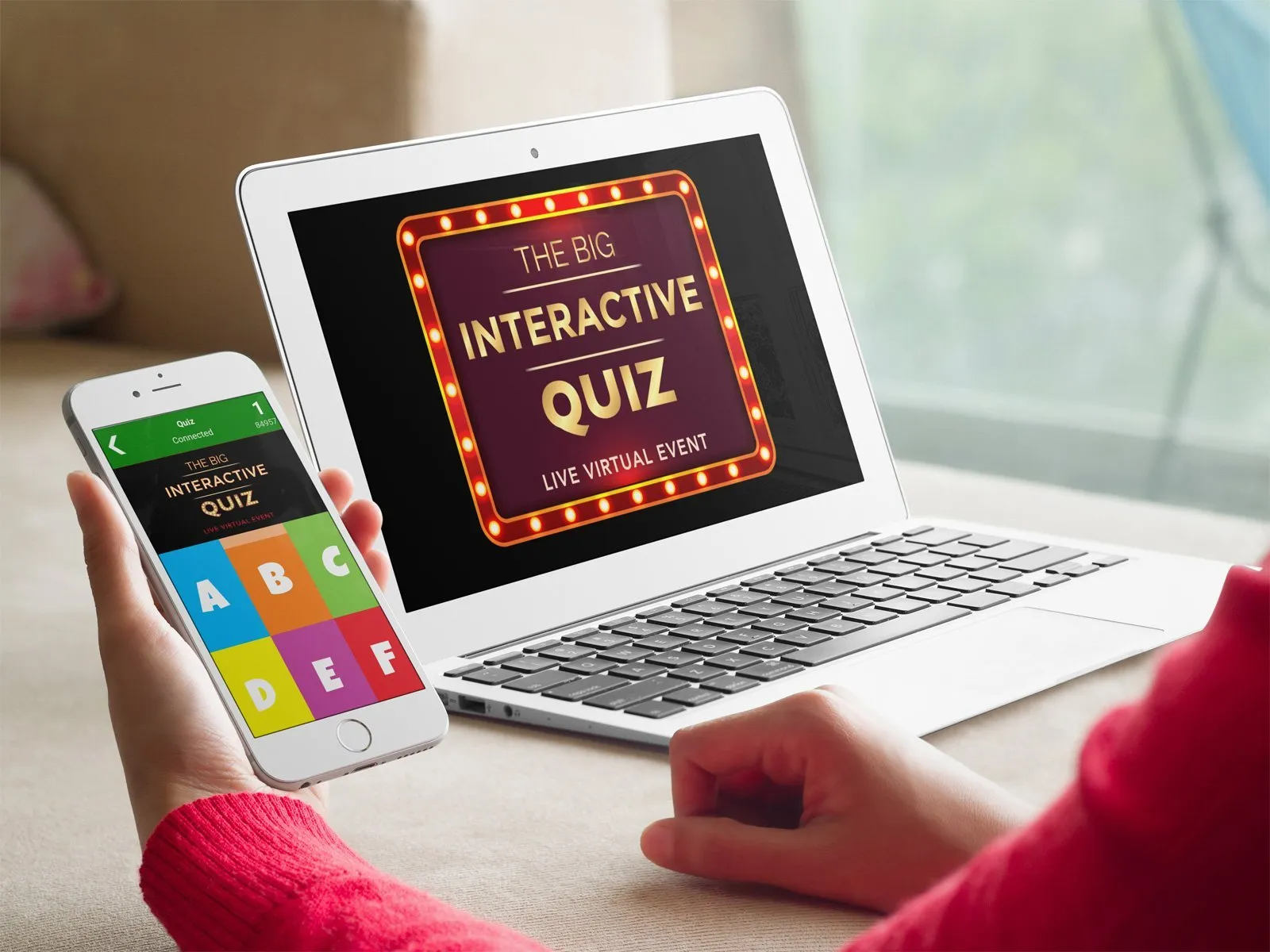Creating an interactive quiz website and mobile app can be a fun and engaging way to provide users with entertainment and educational content. Whether for educational institutions, businesses, or casual users, quizzes can help assess knowledge, increase engagement, and provide valuable insights. Here’s a step-by-step guide on how to build a successful interactive quiz platform.

Table of Contents
Toggle1. Define Your Goals and Target Audience
Before diving into development, it’s essential to clearly define the goals of your quiz platform:
- Target Audience: Identify who will use the platform (students, professionals, casual users) to tailor content and features accordingly.
- Purpose of Quizzes: Determine whether the quizzes will be educational, entertaining, or used for assessment and certification.
2. Plan Your Quiz Features
Outline the core features that your quiz platform will offer. Common features include:
- User Registration/Login: Allow users to create accounts to track progress, save scores, and personalize experiences.
- Quiz Creation Tool: Provide users with the ability to create and customize their quizzes, including questions, answers, and formats (multiple choice, true/false, etc.).
- Categories and Tags: Organize quizzes into categories for easier navigation (e.g., science, history, pop culture).
- Leaderboards: Implement a leaderboard feature to encourage competition among users and display top scores.
- Analytics and Reporting: Offer insights into user performance and quiz statistics.
- Mobile Responsiveness: Ensure the website is mobile-friendly and consider developing a dedicated mobile app for enhanced user experience.
3. Choose the Technology Stack
Select the appropriate technologies for your quiz platform, considering both web and mobile development:
- Frontend: Use frameworks like React, Angular, or Vue.js for the web application. For mobile apps, consider using React Native or Flutter for cross-platform compatibility.
- Backend: Choose a backend technology such as Node.js, Django, or Ruby on Rails to handle user authentication, quiz logic, and data management.
- Database: Use a relational database like PostgreSQL or MySQL, or a NoSQL database like MongoDB to store user data, quiz questions, and results.
4. Design the User Interface (UI)
A clean, intuitive UI is crucial for user engagement. Focus on the following design aspects:
- User-Friendly Navigation: Ensure easy navigation between quizzes, categories, and user profiles.
- Visual Appeal: Use appealing graphics, colors, and fonts that align with your target audience.
- Responsive Design: Design the interface to be responsive, ensuring a seamless experience on both web and mobile devices.
5. Develop the Quiz Logic
Implement the core quiz functionality, including:
- Question Management: Create a system to add, edit, and delete questions, including features for image and video integration.
- Scoring System: Develop a scoring system that assigns points for correct answers and calculates total scores.
- Time Limits: Optionally, allow quiz creators to set time limits for each question or the entire quiz.
- Feedback Mechanism: Provide instant feedback to users after each question or at the end of the quiz, explaining correct answers and providing resources for further learning.
6. Implement User Registration and Profiles
Enable user registration and profile management:
- Authentication: Use authentication methods like OAuth, email/password, or social media logins to secure user accounts.
- Profile Features: Allow users to view their quiz history, scores, and progress, as well as customize their profiles.
7. Test Thoroughly
Before launching, conduct extensive testing to ensure the platform works smoothly:
- Functional Testing: Verify that all features work as intended, including quiz creation, user registration, and scoring.
- Usability Testing: Conduct usability tests with real users to gather feedback on the interface and overall experience.
- Performance Testing: Assess the platform’s performance under load to ensure it can handle multiple users and quizzes simultaneously.
8. Launch the Platform
Once testing is complete, launch your quiz website and mobile app:
- Web Deployment: Choose a reliable hosting provider to deploy your web application. Consider services like Heroku, AWS, or DigitalOcean.
- Mobile App Distribution: Publish your mobile app on platforms like the Apple App Store and Google Play Store, ensuring compliance with their guidelines.
9. Gather Feedback and Iterate
After launch, focus on gathering user feedback to identify areas for improvement:
- User Surveys: Conduct surveys or feedback forms to gather insights from users about their experience.
- Monitor Analytics: Use analytics tools to track user engagement, quiz completion rates, and overall performance.
10. Continuous Improvement and Updates
To keep users engaged, continually update the platform with new content and features:
- Regularly Add Quizzes: Keep the quiz content fresh by adding new quizzes and categories.
- Enhance Features: Implement new features based on user feedback, such as social sharing, multimedia questions, or integration with other educational tools.
- Community Engagement: Foster a community around your platform by encouraging users to create and share their quizzes.
Conclusion
Building an interactive quiz website and mobile app is a rewarding project that can engage users and provide valuable insights. By focusing on user experience, leveraging the right technologies, and continuously improving the platform, you can create a successful quiz platform that meets the needs of your audience. As the demand for engaging online content continues to grow, your quiz platform can become a go-to resource for education and entertainment.


No responses yet